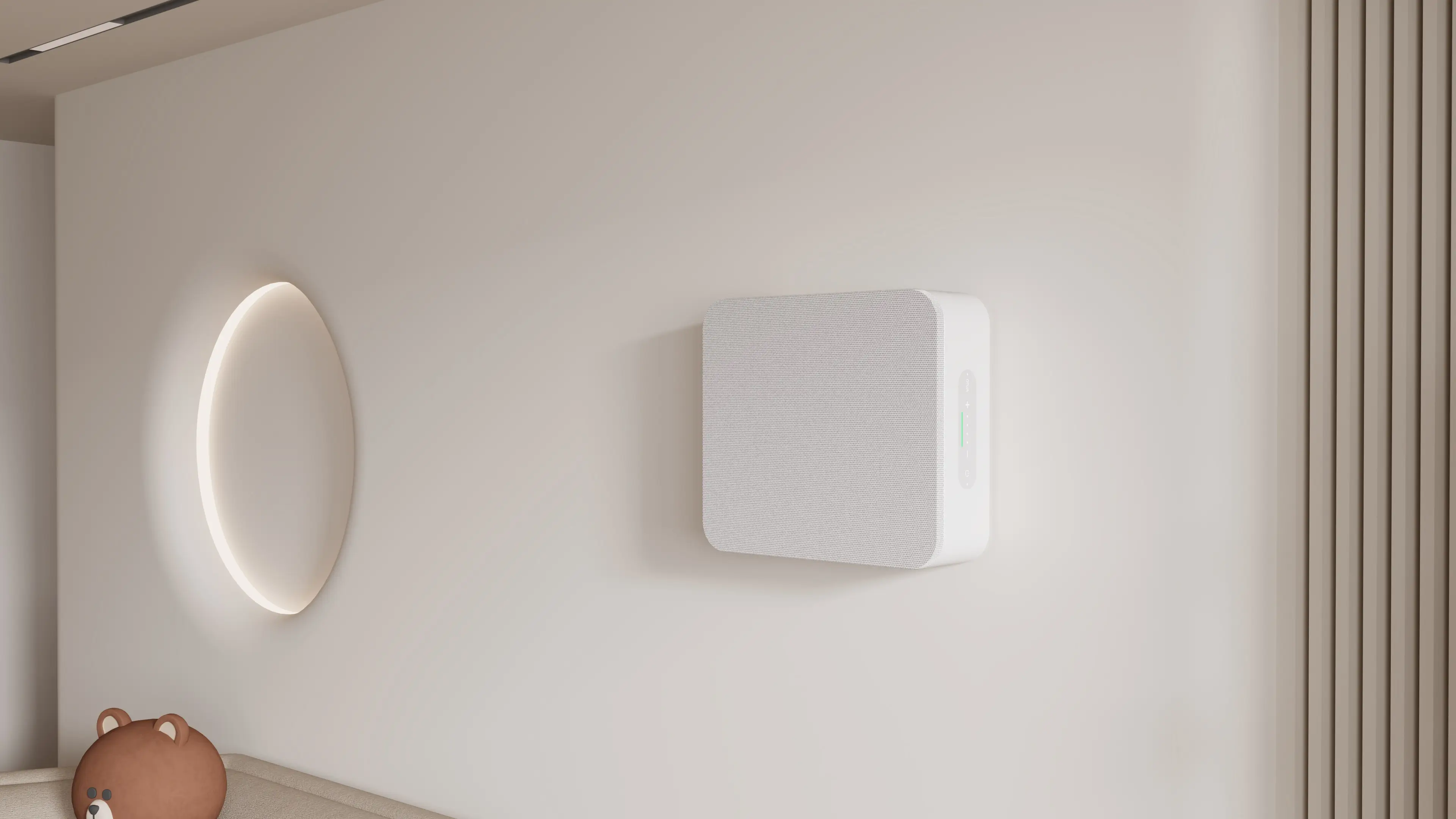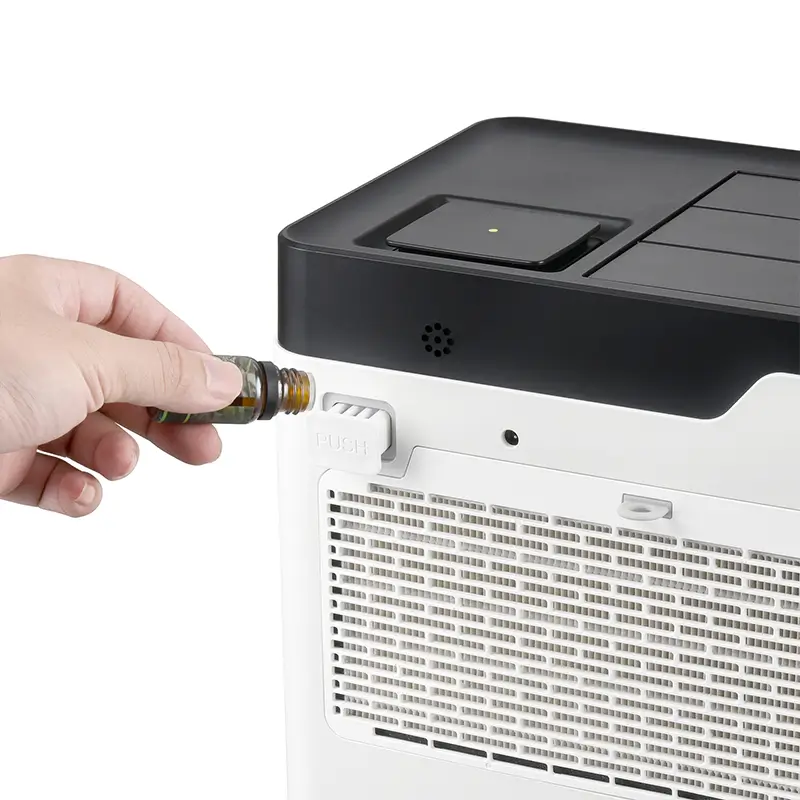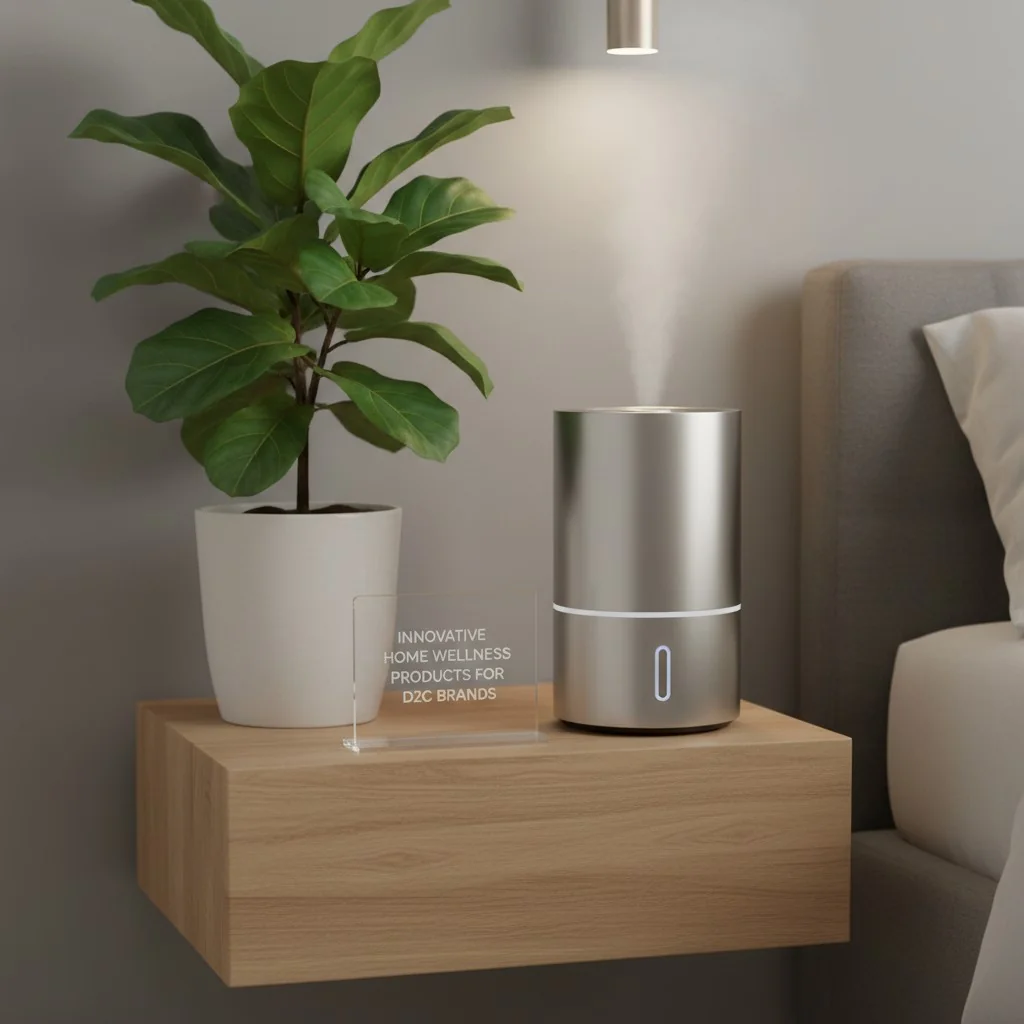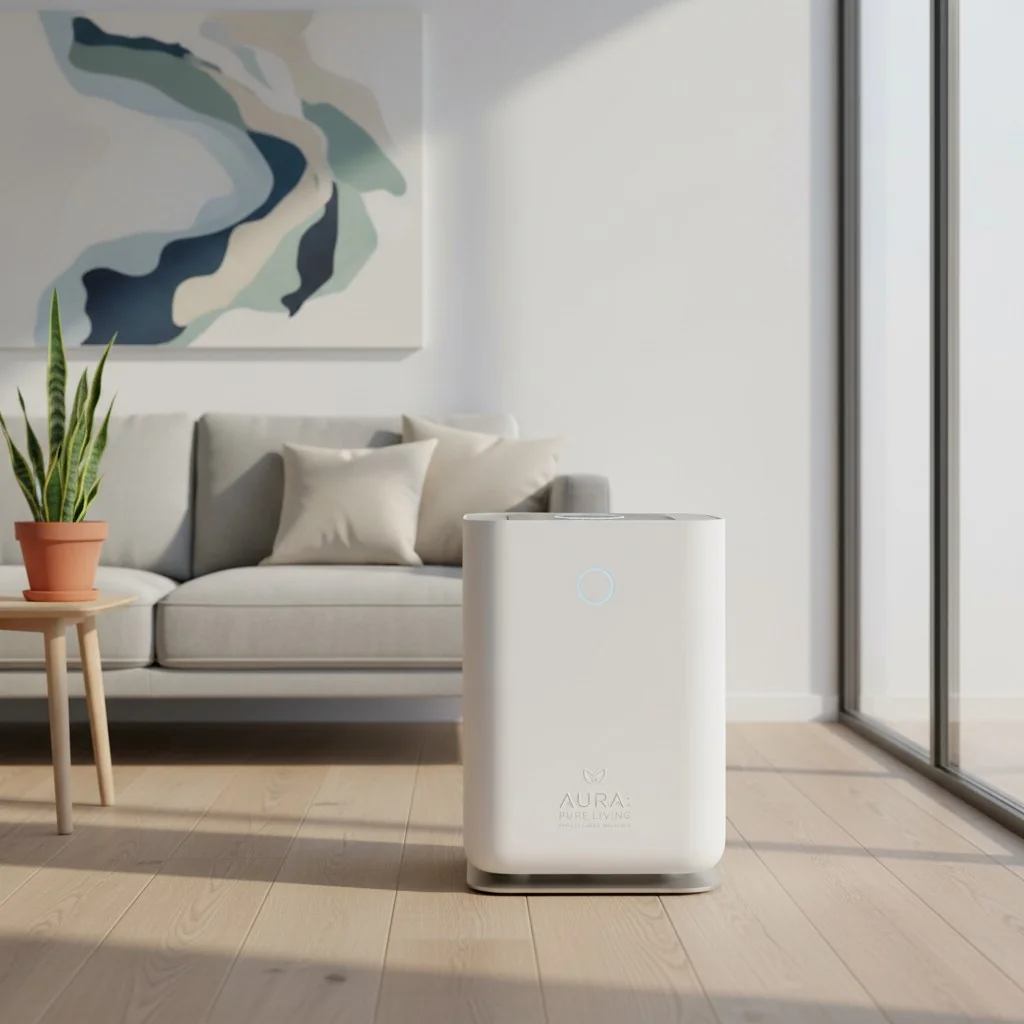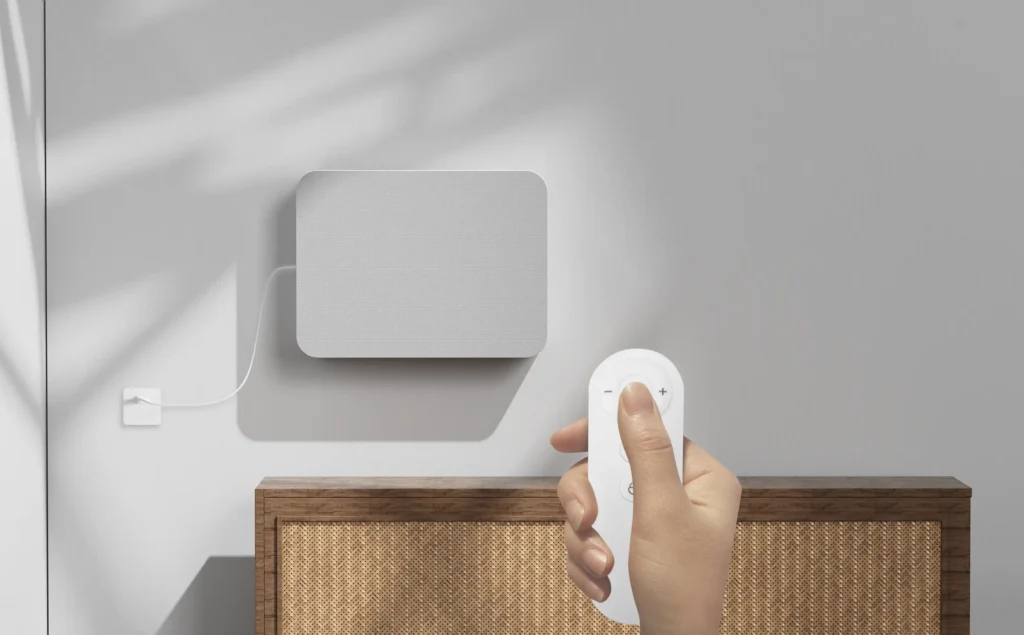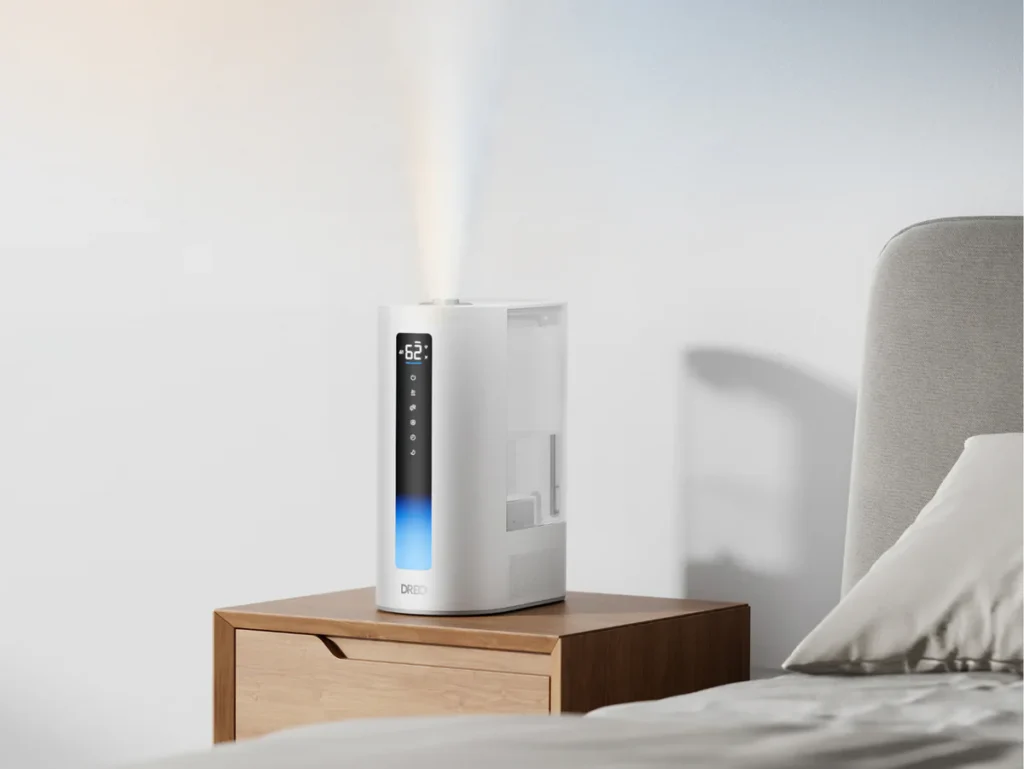We’ve all been there. You walk into a room, and something just smells… off. Maybe it’s the lingering scent of last night’s dinner, the faint odor of a beloved pet, or the musty smell of a room that’s been closed up for too long. In our quest for a fresh and inviting home, many of us turn to a seemingly obvious solution: an aroma diffuser. With the promise of filling our homes with pleasant fragrances, from calming lavender to invigorating citrus, it’s easy to see why diffusers have become a household staple. But what if we told you that your trusty diffuser might be doing more to mask the problem than to solve it? What if the very air you’re trying to freshen is actually being compromised?
This blog post will delve into the world of home fragrance and air purification, exploring the crucial differences between aroma diffusers and air purifiers. We’ll uncover why simply covering up unpleasant odors with a more appealing scent is like sweeping dust under the rug – a temporary fix that doesn’t address the underlying issue of poor air quality. We'll also explore the science behind how air purifiers work, how they can effectively remove odors and other pollutants from your home, and whether there's a place for both devices in a truly healthy living space. So, before you reach for that bottle of essential oil, let’s take a closer look at what’s really in the air you breathe.
Aroma Products and the Illusion of Clean Air
Aroma diffusers, porous aroma stones, scented candles, and even stand-alone bottles of essential oils are all celebrated for the cozy atmosphere they create, yet every one of them serves a very different purpose from an air purifier. Whether the fragrance is propelled by ultrasonic mist, slowly evaporates from a ceramic stone, wafts from a burning candle, or drifts straight out of an open vial, the goal is the same: mask existing odors with a more pleasant scent. This may make a room smell fresher, but it does nothing to remove pollutants. Instead, each method adds new particulate matter and volatile organic compounds (VOCs) to the environment.
Once essential or fragrance oils become airborne by atomization, passive diffusion, or combustion they break into microscopic particles. Although certain oils are marketed for antimicrobial benefits, their primary effect indoors is olfactory, not sanitary. These particles, especially those released from synthetic fragrance blends or from candle wax as it burns, can react with other indoor chemicals to produce secondary pollutants such as formaldehyde and ozone. Over time, VOCs and fine particles can irritate the respiratory tract, trigger allergies, and contribute to more serious health issues. Depending on aroma diffusers, stones, candles, or neat essential oils for “air purification” is therefore a misconception; they merely cloak unwanted smells without addressing the underlying causes of poor indoor air quality.

The Science of True Air Purification: Air Purifiers
Unlike aroma products, air purifiers are specifically designed to remove contaminants from the air, thereby improving indoor air quality. They work by drawing air through a series of filters that trap various pollutants. The effectiveness of an air purifier largely depends on the types of filters it employs. The most common and effective types include HEPA filters and activated carbon filters.
HEPA (High-Efficiency Particulate Air) filters are renowned for their ability to capture at least 99.97% of airborne particles 0.3 micrometers in diameter. This includes common allergens like dust mites, pollen, pet dander, and mold spores. While HEPA filters are excellent at trapping particulate matter, they are not designed to remove gaseous pollutants or odors. This is where activated carbon filters come into play.
Activated Carbon Filters: The Unsung Heroes of Odor Removal
Activated carbon filters are the true workhorses when it comes to eliminating odors and chemical pollutants from the air. Their effectiveness stems from a process called adsorption, which is distinct from absorption. In adsorption, molecules of gases, odors, and volatile organic compounds (VOCs) adhere to the surface of the activated carbon material, rather than being soaked into it. This is possible due to the highly porous structure of activated carbon, which provides an enormous surface area for these molecules to bind to.
Imagine activated carbon as a sponge with countless microscopic pores and channels. When air passes through this filter, odor molecules and chemical gases are drawn into these pores and become trapped. This process is highly effective against a wide range of gaseous pollutants, including:
- Pet Odors: Activated carbon filters are particularly effective at capturing the ammonia and other organic compounds that contribute to pet odors. While HEPA filters can trap pet dander (which carries some odor), it's the activated carbon that truly neutralizes the smells themselves.
- Smoke Smell: Whether from tobacco, cooking, or wildfires, smoke contains a complex mixture of gases and fine particulate matter. Activated carbon excels at adsorbing the gaseous components responsible for the persistent smell of smoke, such as phenols and aldehydes.
- Cooking Odors: The lingering smells of fried foods, spices, and other cooking byproducts are effectively removed by activated carbon, leaving your kitchen air fresh.
- Household Chemicals: VOCs released from cleaning products, paints, new furniture, and building materials are also readily adsorbed by activated carbon filters, significantly improving indoor air quality.
It's important to note that while activated carbon filters are highly efficient, they do have a finite capacity. Once the surface area of the carbon becomes saturated with pollutants, its effectiveness diminishes, and the filter will need to be replaced. Regular maintenance, as recommended by the air purifier manufacturer, is crucial to ensure continuous odor and chemical removal.
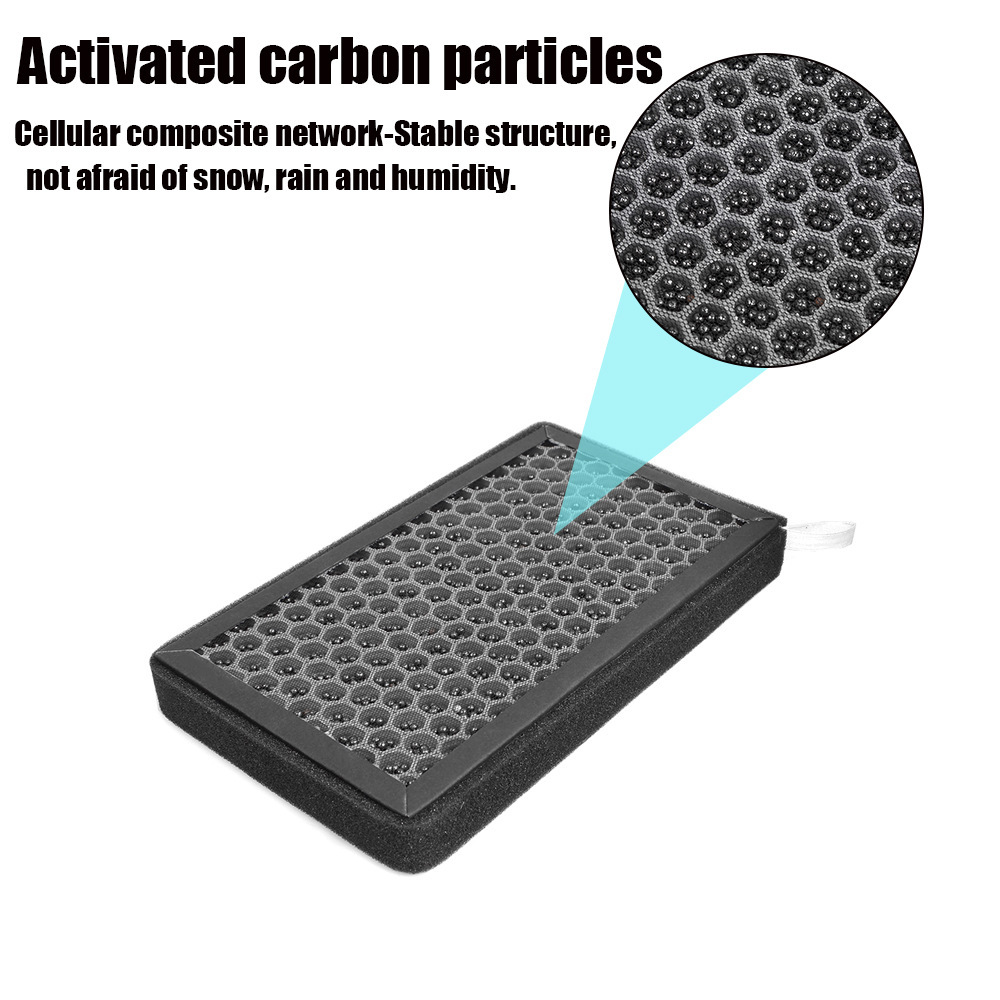
Can Air Purifiers and Aroma Diffusers Co-Exist?
Yes—when you understand how they interact and follow a few simple rules.
1. Why the Two Devices Sometimes Clash
An air purifier’s job is to remove airborne particles and gases; a diffuser’s job is to add aromatic ones. Run both at full blast in the same room and you’ll notice:
- Faster Filter Saturation – Essential-oil droplets and VOCs load up your HEPA and carbon media sooner.
- Higher Upkeep Costs – Filters need replacing more often.
- Possible Residue Buildup – Thick oils can coat internal parts if they’re drawn straight through the purifier.
2. Three Smart Ways to Enjoy Clean Air et Great Scents
-
Room-by-Room
Keep the purifier in the bedroom (or wherever you spend the most time) and the diffuser in another zone. Each device excels at its job without interference. -
Staggered Scheduling
• Purify first: run the air purifier on high for an hour or two.
• Diffuse next: switch the purifier off and mist for 20–30 min.
• Maintain: once the fragrance subsides, turn the purifier back to low to keep particulates down. -
Go All-in-One
The fastest-growing segment in home air care is the air-purifier, humidifier, and diffuser combo (often labeled “3-in-1”). These units channel purified air past a small, isolated fragrance pad or capsule after filtration—so the filter never sees the oil. Look for:- A clearly separate “aroma tray” at the outflow side.
- HEPA 13 (or higher) plus a robust activated-carbon layer.
- A manufacturer-specified oil limit (usually 2–3 drops at a time) and washable or replaceable aroma pads.
Used as directed, an integrated machine won’t compromise air quality; it simply layers a light, controlled scent onto already-clean air.
3. Usage Tips for Any Setup
| Do | Pourquoi |
|---|---|
| Use high-purity essential oils or the brand’s own capsules | Fewer impurities, lower VOC spikes |
| Start small—2 drops per 100 ft², ≤30 min per session | Keeps concentrations below irritation threshold |
| Ventilate briefly after diffusing | Flushes lingering VOCs |
| Wipe the aroma tray weekly and change filters on schedule | Prevents residue, keeps CADR high |
| Avoid strong phenol- or aldehyde-rich oils (clove, cinnamon, eucalyptus) around infants, asthmatics, or pets | These compounds can be respiratory irritants and are toxic to some animals |
Conclusion
Clean air first, fragrance second. A quality purifier with true HEPA plus activated carbon actually removes smoke, pet dander, VOCs, and other irritants something a diffuser can’t do. Use aroma only as a light finishing touch: run it in a different room, at a different time, or choose a modern 3-in-1 purifier-diffuser that introduces scent after filtration. Follow the “low dose, short-time, good oil” rule, keep filters on schedule, and you’ll enjoy both healthy air and a home that smells as fresh as it feels.

